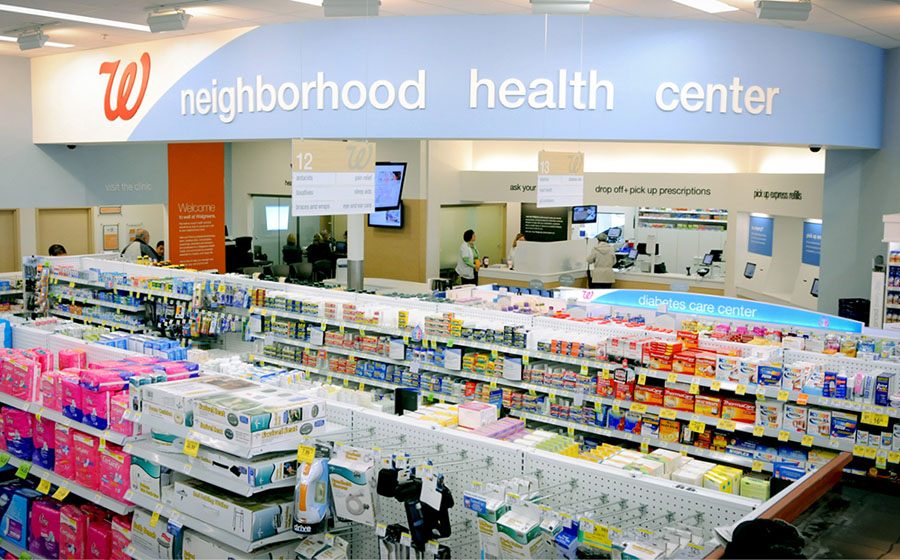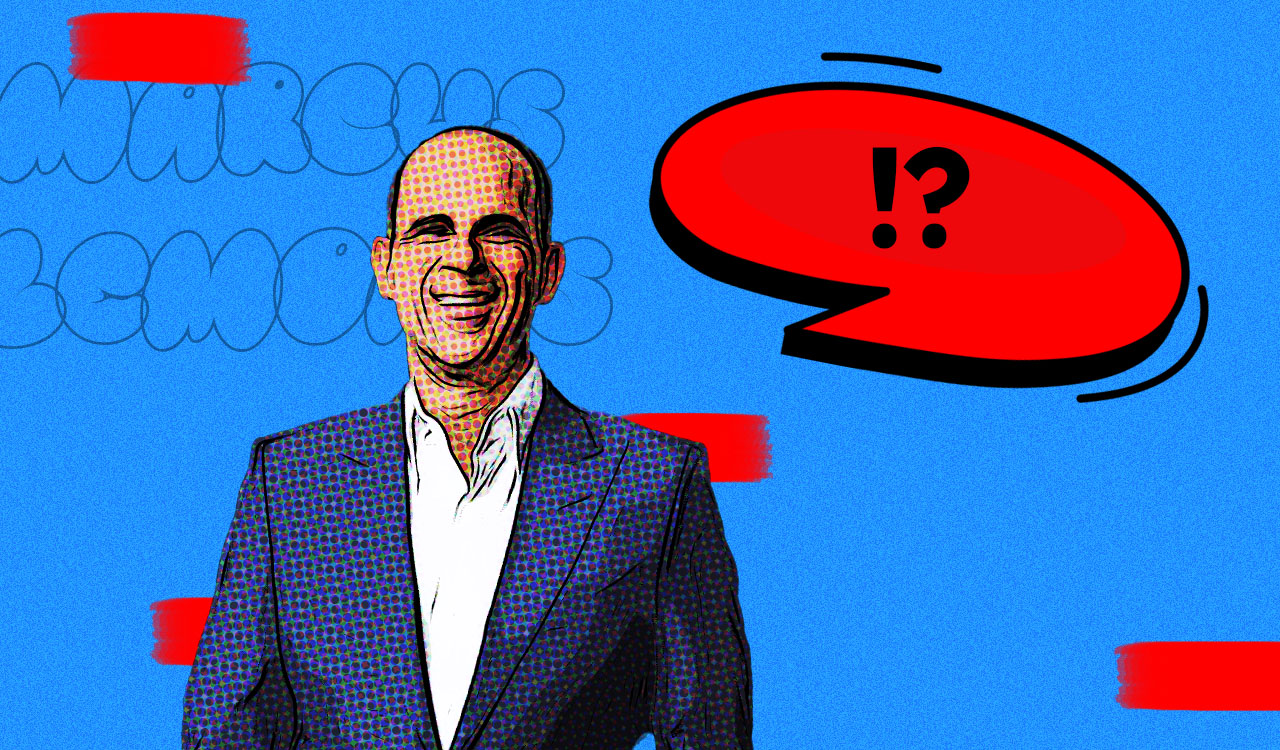When I was 12 years old I got my first job working at the corner drug store, stocking shelves and making deliveries. After a few months the owner trusted me enough to work the cash register and – believe it or not – fill prescriptions with the pharmacist looking over my shoulder.
My second job was for a bigger drug store that eventually put the first one out of business. Sometime after that I left drug store retailing in the rear view and never looked back – at least as far as employment was concerned.
That was probably a good decision for me. But I remained fascinated by a segment of retailing that, at various times, was considered either a dying breed-obsolete or on the brink of extinction — or an evolving and vibrant retail segment.
The industry is not exactly anemic. At present, the retail drug industry consists of about 42,000 stores with annual sales of about $230 billion, according to figures from the Hartman Group, which also believes the segment has taken a significant bite of business from convenience stores and supermarkets,
The old-fashioned corner drug store is a quaint reminder of simpler times. Those operators have retired or gone to that great pharmacy in the sky. Others sold out to chains and took jobs as pharmacists-a far more lucrative and less stressful endeavor than owning your own shop.
Many of those that survived have either morphed into specialty stores or mini discounters selling everything from milk, candy, cheap toys and mass market cosmetics to a dizzying array of over-the-counter remedies-most of which are the medical equivalent of a Band-Aid.
At the Crossroads
This is now an industry at (or possibly past) a crossroads. It can stay as it is now-a purveyor of milk, mascara and flu shots and a place for consumers to pick up prescriptions. Or, as PWC noted in a recent study, evolve into an industry ready to take advantage of more strategic opportunities for customers who go to pharmacies three times more often than they visit a doctor\’s office.
That strategy is threefold, according to PWC:
- Becoming a total health hub or ecosystem around consumers;
- Deliver new value to existing customers and new entrants; and
- Master the \”last mile\” to meet consumers where they are-both virtually and physically.
This is not an easy matter in a heavily consolidated industry. At the top of the food chain, the industry basically consists of two companies-Walgreen Boots Alliance and CVS, which have somehow managed to avoid accusations of being a duopoly. But offsetting some of that business are supermarkets, which, based on FMI membership, operate more than 19,999 in-store pharmacies.
The real game changer – as it has been in every corner of retailing – is Amazon, which is attacking the lucrative prescription drug business – a prospect that has many in the industry ready to don adult diapers.
However, the drugstore industry is simply retailing in microcosm suffering from the same slings and arrows as every other segment, including the effects of a trade war that is increasing costs throughout the entire supply chain-products, packaging and transportation.
In order to survive economic and competitive woes, the drug store industry needs to go through some massive changes. In my opinion, there is nothing more excruciatingly boring and time-consuming than a trip to Walgreens and CVS, the two premier-or at least largest chains the drug store universe. Each does over $100 billion in sales annually. Despite some refreshes, they largely remain product warehouses that seem to care little about the consumer experience.
Wellness + Beauty Consultancies
The future of the industry lies in becoming health, wellness and beauty consultancies that steer consumers to what they need not just what the stores want to sell. Commodities are readily available online, so find a reason to go to the store. Maybe even go back to the old concept of a nostalgic community-based drug store/lunch counter.
The chains are getting the message. CVS pharmacy-whose name alone can put shoppers into a coma with little attention to enhancing the in-store experience -is rolling out BeautyIRL, a store-within-a store concept featuring in-store services in partnership with Glamsquad which offers hair, makeup and nail services. There\’s also a \”TrendingNow\” wall featuring socially driven \”indie\” brands, a mini must-have boutique where shoppers create their own mini bags of products and a Test-and-Play Hygiene bar staffed by beauty consultants.
Both CVS and Walgreen are also continuing to focus on their internet businesses with apps and home delivery services designed to compete with a new generation of online pharmacies.
However, both chains need to accelerate changes in operations if they are to overcome somewhat stagnant growth. Walgreens has seen some upturns in sales but largely due to its merger with Boots Alliance and the acquisition of nearly 2,000 Rite Aid stores. There is still a heavy reliance on the retail pharmacy business, which will continue to drop as competition from home delivery firms like Amazon\’s PillPack increases.
CVS strategy is more vertical when it comes to healthcare. In 2017, the company purchased Aetna for $68 billion. It is hard to dispute a deal that integrates prescription drugs and insurance-the largest businesses in healthcare-and one which is expected to increase the chain\’s sales an estimated 30 percent.
Additionally, the acquisition might solve one other major problem facing drug stores-declining reimbursements from insurance companies.
Delhaize America which operates nearly 200 pharmacies in its Hannaford and Food lion supermarkets has a pilot program that teams newly diagnosed diabetics with pharmacists and dieticians who offer in-store advice on meal planning for their disease and actually walk the store with them.
High-Tech Pharmacy Solutions
As the industry attempts to reinvent itself for 21st century consumers, it is clear that technology, everything from wearable biosensors to 3D printed medications will play a key role. 3D printed medications have actually been on the market and approved by FDA since 2016. This technological process prints multiple layers of medications, including fluids, into one tablet. More are reportedly going through the lengthy FDA approval process.
The best indication of things to come took place last year at the National Association of Chain Drug Stores (NACDS) Total Store Expo under the heading \”Vision 2028\” which focused on interactive technology developed by various companies.
This included smart wireless pill bottles from AdhereTech that collect and send data directly to pharmacies. Facenote is a facial recognition platform that identifies regular customers and gives them premium service. Feelter engages consumers with social media information on products-relevant, authentic reviews of products from various social networks. Forge is labor scheduling software that includes a performance rating tool to identify high quality employees.
The Amazon Play
Amazon\’s foray into prescription drugs can be viewed as inevitable given the size of this business both in the U.S. and worldwide. However, this is not as easy a business as books, clothing, cosmetics, food or any other category that has made Amazon such a feared entity. it will be facing a complex, convoluted regulatory environment with an alphabet soup of government agencies looking over its shoulder, declining reimbursements from insurance companies and possibly a physical pharmacy presence (i.e.: drug chain acquisition) to make consumers feel more comfortable.
Customer in Control
However, it all comes back to the customer. In a recent J.D. Power study, published in Drug Store News, the key driver of customer satisfaction in brick-and mortar stores was the availability of health and wellness services-an area where pharmacies are bumping heads with physicians who want drug stores to stay on their own side of the street. Nonetheless, over 80 percent of both chain drug stores and supermarkets have these services, along with 75 percent of mass merchandisers.
For mail order pharmacies, the key driver of customer satisfaction is having the prescription ready or delivered when promised. As old fashioned as it might sound to some, the most significant driver of customer satisfaction in all pharmacy segments includes friendly, engaging customer service.
Overall, there seems to be no limit to what drug stores can do. Which reminds of the old joke about a 94-year-old man and 92-year-old woman deciding to get married. They visit their local drug store and the man asks the pharmacist whether he carries certain products.
\”Heart medication? Asks the man
\”Absolutely.\” The pharmacist replies
\”How about medications for circulation, rheumatism, vitamins, sleeping pills, Viagra\”?
\”We carry it all,\” said the pharmacist
\”Perfect,\” the man said. \”We\’d like to use this store as our bridal registry.\”
Hey, business is business!



